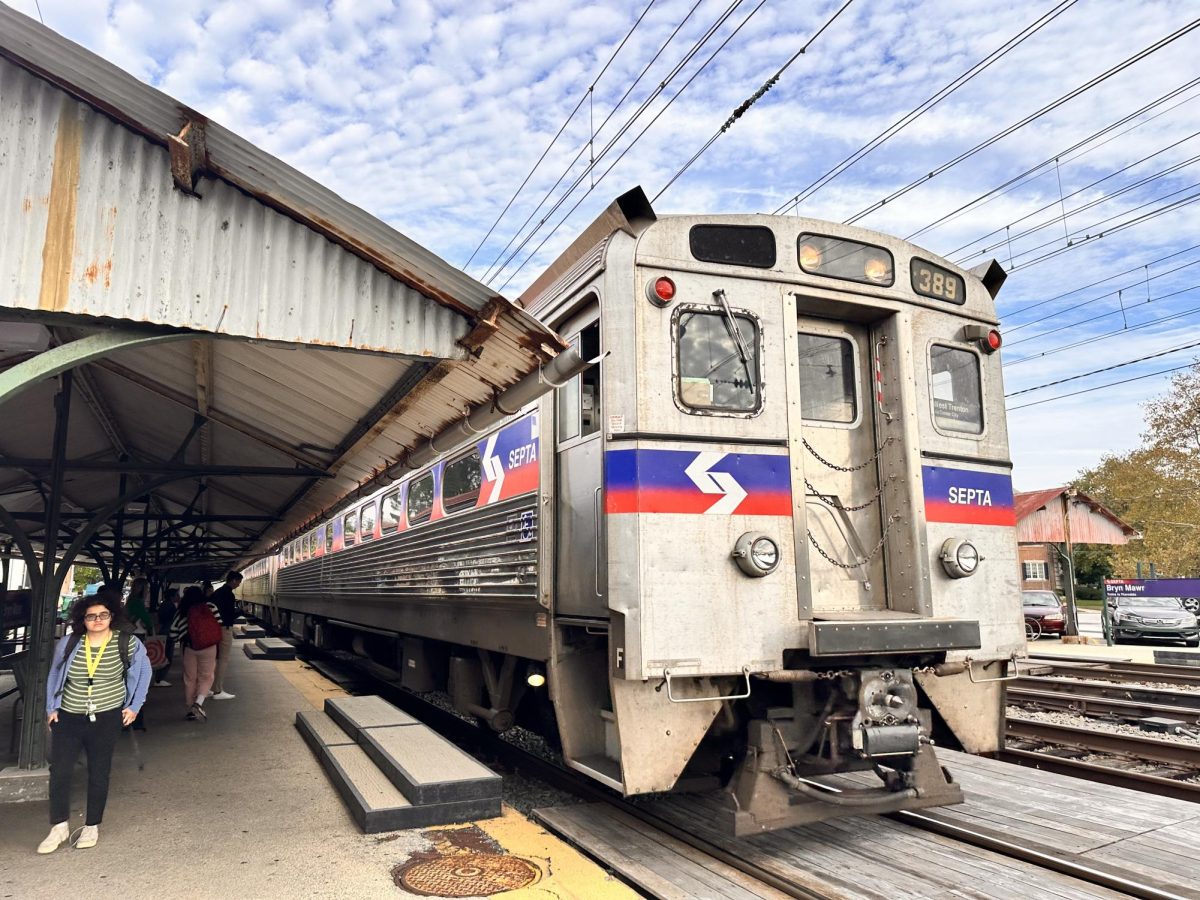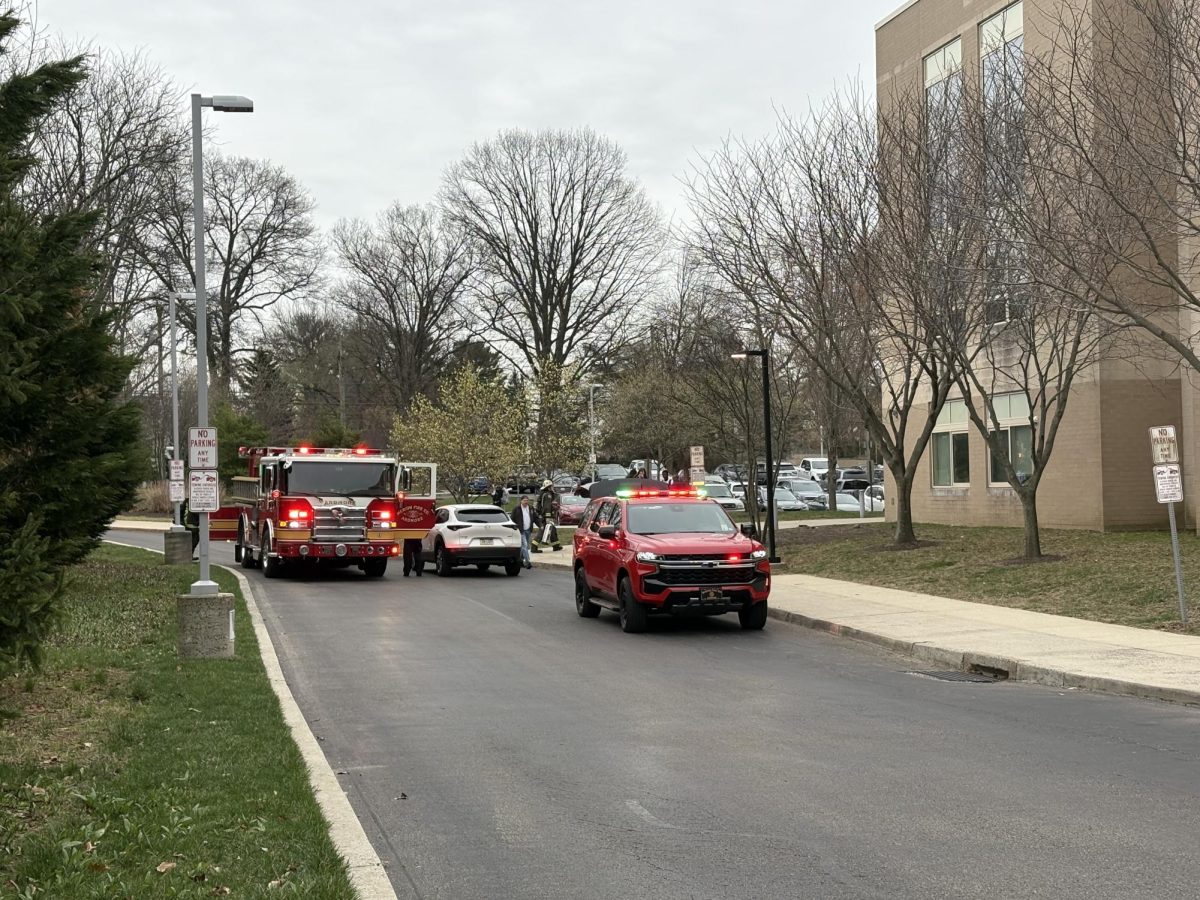
Lower Merion Township has been going green! Ever since Joe Biden approved the National Electric Vehicle Infrastructure (NEVI) plan, the township has worked to bring electric vehicles (EV) and EV infrastructure into the area.
The NEVI plan was signed back in November of 2021, and it was designed to provide grant money to states to build infrastructure for electric vehicles. The main goal of NEVI is to implement more EV infrastructure with a focus on highways and interstates to combat climate change and to reduce fossil fuel emissions. Gas and oil vehicles contribute to 27% of the United States fossil fuel emissions, which makes it the largest greenhouse gas contributor in the country. The vehicle population continues to grow each year and the carbon emission will continue to grow with it. More EV infrastructure allows for more EV’s, therefore limiting the amount of gas cars on the road. Increasing the amount of EV charging sites also decreases
the fear of purchasing an EV, because many people fear that the vehicle will die before reaching its final destination. More EV infrastructure eliminates this fear by helping ensure that EV’s are never far from a charging station.
The NEVI plan is providing states with a total of $5 billion, with PA receiving $171.5 million to build EV infrastructure. Under NEVI, different townships and districts can apply for NEVI funding to build EV charging ports—which is exactly what the township has done. In fact, the township is already building one charging port for township use at the Ardmore public safety building, but that is merely the beginning. The plan is to add more charging ports at the public safety building and to also build some at the Koegel Complex in Penn Valley. The township has already applied for $20,000 in grant money to make these projects a reality. But why build so many charging ports if the community doesn’t own any electric cars? The township purchased three electric vehicles for township related use, after applying for $22,500 in grant money, and plans on purchasing more. The relatively new program is still in the trial phase as the township attempts to figure out what purpose the vehicles will serve and where additional EVs will be necessary. As the township gathers more information and develops a more succinct plan, more will be purchased. Once more EVs are purchased, the township will continue to build more EV charging ports and infrastructure.
Pennsylvania’s NEVI plan and the participation of Lower Merion Township is a significant step for environmental justice. While EVs do release greenhouse gasses due to the electricity required to charge them, the emissions are significantly less than gas-powered vehicles and prove that EVs are a great environmental alternative that cut carbon emissions on the road.
As beneficial as these particular actions toward increased EV infrastructure are to the environment, some unavoidable issues have arisen. Many states worry about their power grid capacity not being able to keep up with the recently expanding EV population. Other states are concerned with supply shortages and lack of funding for building the necessary infrastructure. Lower Merion Township has applied for and received grant money, yet the funding given did not cover the total costs for building EV infrastructure and obtaining electric vehicles. This could lead to heavier taxing to afford the supplies and resources needed.
Despite the problems that may arise, many community members have sup- ported building more EV infrastructure. LM is a liberal leaning township, with 62.4% of voters in Montgomery County voting Democrat, and environmental justice is very important to township citizens. After speaking more with LM citizens, the potential downsides to installing EV infrastructure are a concern. However, Jill Altshuler, a resident in the township, said, “I think installing more EV infrastructure is a great idea for the sake of the environment. If the potential problems are able to be investigated before putting extensive work into this process and are found to be manageable, I think installing more EV infrastructure would be an excellent thing to do.” Lower Merion Township’s youth feels similarly. LM junior Mia Shiff said, “We’re going to run out of gas one day, so gas vehicles will be out of the picture. Electric vehicles are the future and they and their infrastructure will become a necessity.”
Since NEVI and the township’s participation in EV infrastructure is relatively new, information is subjected to change, and information will continue to grow, providing a clearer path to take as EV infrastructure progresses. Nonetheless, it seems Lower Merion Township’s future is looking green.






